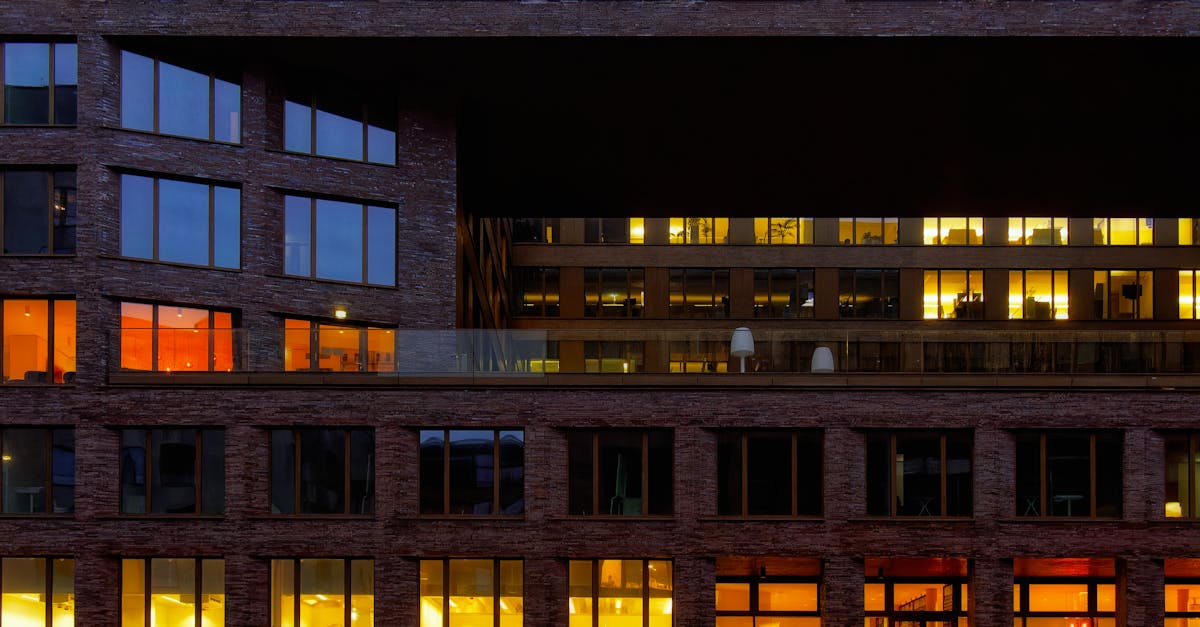By opening the doors to our contemporary workspaces, we discover that each office, each seat plays an essential role in our professional performance. Indeed, the work environment becomes a true symphony when adapted to the different personalities revealed by the famous MBTI (Myers-Briggs Type Indicator) test. This fascinating psychological guide, with its sixteen distinct profiles, sheds light on our natural preferences and our unique work styles, allowing us to harmonize the daily routine at the office. Adjusting each space to the nuances of MBTI is to celebrate the richness of human diversity while boosting collective effectiveness and well-being.✨

It is fascinating to note how our workspaces can influence our productivity and well-being. By considering the different MBTI personality types, we discover that each person aspires to a unique work atmosphere tailored to their personal traits. The MBTI, or Myers-Briggs Type Indicator, is a valuable psychological tool that helps identify these preferences.
Individuals classified into these 16 personality categories exhibit distinct preferences regarding their work environment. For example, INTJs, often analytical and strategic, appreciate quiet, rational spaces conducive to reflection. In contrast, ESFPs, known for their extroversion and sensitivity, thrive in dynamic and interactive environments that stimulate their creativity.
Adapting workspaces to MBTI preferences not only enhances individual efficiency but also strengthens group harmony. Understanding the needs and motivations of each personality type is key to improving interactions within a team. The challenge is thus to take these diverse needs into account by designing flexible spaces that can satisfy each profile and boost their collective performance.

the influence of MBTI types on the workspace
The choice of work environment often comes down to personal taste, but it can also be influenced by MBTI personality type. The MBTI tool, which classifies individuals into 16 distinct personalities, helps to better understand how these preferences impact our effectiveness at work. Some people prefer open, collaborative spaces, while others flourish in closed, quiet offices. For example, INTJs often need a calm environment to concentrate and think strategically, while profiles like ESFPs enjoy dynamics and interaction.
Work preferences are crucial in professional and personal development. A workspace properly adapted to MBTI preferences can significantly increase productivity. By providing an environment that matches each employee’s personality, companies enhance engagement and well-being at work. People are happier, less stressed, and generally more effective when they find themselves in environments that are pleasant and familiar to them. Check out this detailed guide for more information on harmonizing workspaces.
aligning teams based on MBTI profiles
In today’s professional landscape, knowing and understanding the MBTI profiles of your team can be a strategic asset. Well-aligning these diverse profiles can transform the dynamics of an entire team. When the MBTI tool is effectively used to align team members, it promotes smoother communication, reduces conflicts, and increases creative cooperation. This is especially true in complex environments where the interdependence of tasks requires harmonious collaboration.
importance of workspaces for specific MBTI types
For certain MBTI types, the work environment can have an even more significant impact. Take for example INFJs, known for being creative visionaries. They greatly benefit from an inspiring and peaceful space that stimulates their creativity. In contrast, ISTPs prefer practical spaces where they can experiment and tinker freely. A properly adapted workspace can also promote mental health and well-being for rarer types, such as the sensitive INFJ.

FAQ
Q : What is MBTI and why is it relevant for adapting workspaces?
A : The MBTI (Myers-Briggs Type Indicator) is a widely used personality tool that identifies individuals’ psychological preferences. Adapting workspaces to different MBTI types can improve efficiency and job satisfaction by addressing the specific needs of each personality type.
Q : What are the benefits of understanding MBTI personality types at work?
A : Understanding MBTI personality types allows for optimizing team outcomes, improving communications, and customizing work environments to enhance employee performance and well-being.
Q : What impact does the work environment have on an employee based on their MBTI type?
A : The work environment directly impacts employees’ motivation and productivity. For instance, an introverted MBTI type may prefer quiet spaces, while an extrovert might flourish in a more dynamic and interconnected setting.
Q : How to use MBTI to improve teamwork?
A : Aligning MBTI profiles within a team facilitates effective communication and harmonious collaboration. This allows for leveraging the unique strengths and skills of each member to achieve common goals.
Q : What if your current workspace does not match your MBTI type?
A : If your workspace is not suited to your MBTI type, try making small adjustments to better meet your preferences. This includes changes like furniture arrangement, lighting, or even using technology tools to customize your space according to your needs.
Q : Why is it important to know your own MBTI type?
A : Knowing your own MBTI type allows for a better understanding of your preferences, behaviors, and motivations. It helps make informed decisions regarding your personal and professional development and collaborate effectively with others.











